Alcohol Testing
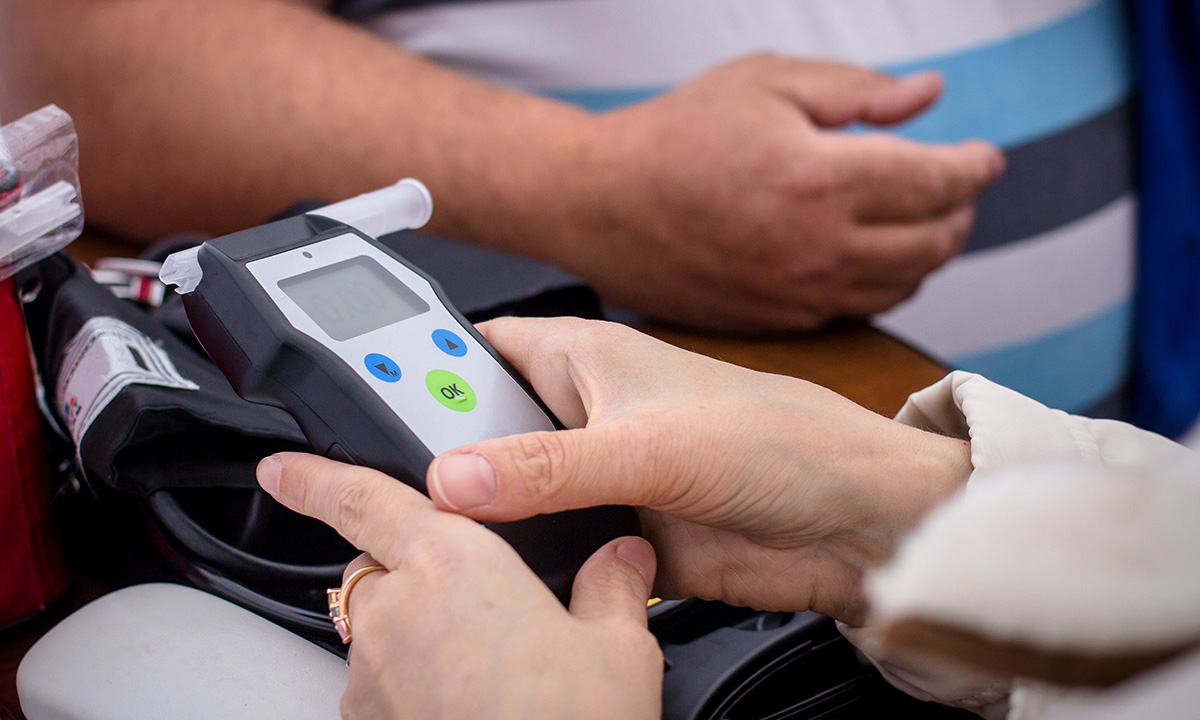
Understanding Alcohol Testing and Its Role in Workplace Safety
A safe, drug- and alcohol-free workplace isn’t just a legal requirement; it’s essential for protecting your employees, customers, and brand reputation. Alcohol use on the job can impair judgment, slow reaction times, and increase the risk of costly accidents or injuries. Studies show that alcohol contributes to about 11% of workplace fatalities, and even low levels can impact concentration and decision-making. For employers, this means higher risks of incidents, potential liability, increased insurance costs, and lost productivity.
At DATCS, we help companies nationwide, including DOT-regulated and non-DOT employers, maintain safety and compliance through reliable workplace alcohol testing services. Our alcohol testing solutions include advanced breath alcohol testing (BAT) using DOT-approved evidential breath testing (EBT) devices, ensuring immediate, accurate, and defensible results. Breath alcohol testing is quick, non-invasive, and remains the gold standard for detecting workplace alcohol impairment.
DOT vs. Non-DOT Alcohol Testing: What You Need to Know
Whether your business operates under strict federal regulations or sets its own workplace policies, DATCS has you covered with professional workplace alcohol testing solutions.
Transportation, aviation, pipeline operations, and other federally-regulated industries require DOT alcohol testing following the strict guidelines of 49 CFR Part 40. DOT alcohol testing must be performed using a breath test (Breathalyzer), known as an evidential breath test (EBT), to determine blood alcohol content (BAC). These rules mandate alcohol testing in specific situations, including:
- Post-accident testing: Must be completed within 8 hours (ideally within 2 hours) to maintain compliance.
- Random alcohol testing: Promotes ongoing safety among employees in safety-sensitive roles.
- Reasonable suspicion testing: When supervisors observe signs of impairment or alcohol use on the job.
- Return-to-duty and follow-up testing: For employees returning after violations or treatment programs.
Non-DOT alcohol testing is designed for employers who are not federally regulated but want to maintain a safe, alcohol-free workplace. While these programs offer more flexibility, many employers adopt similar standards to reduce liability, support safety, and protect their reputation. Non-DOT testing can include a wider range of methods beyond breath testing, such as urine, saliva, and hair follicle tests, allowing employers to choose the best option for their policies and safety goals.
At DATCS, we provide both DOT and non-DOT alcohol testing services. Our team works with you to design a custom program that aligns with your company’s policies, industry requirements, and safety goals, whether you need full DOT compliance, a customized non-DOT program, or a combination of both.

Why DATCS is the First Choice in Alcohol Testing
Proven Experience & Trust
In business since 1989, DATCS conducts over 90,000 tests annually and serves more than 2,600 companies with consistent, professional results.
Nationwide Coverage
With over 10,000 collection sites nationwide and sites in all 50 states, DATCS offers seamless testing access no matter your location.
24/7 Emergency Response
Certified collectors are available day or night for urgent testing needs, backed by our nationwide, around-the-clock service.
Regulatory Expertise
We manage DOT-compliant programs using SAMHSA-certified labs and strict chain-of-custody procedures under 49 CFR Part 40.
Expert-Led Drug & Alcohol Testing Education
Empowering employers with expert training, compliance guidance, and ongoing support for drug-free workplace success.
Custom Alcohol Testing Programs
Tailored testing solutions with flexible scheduling, detailed reporting, and full program support for every organization.
Unplanned? We’re Always Ready.
We support unannounced or for-cause testing with certified mobile collectors ready to respond when you need it most.
Post-Accident Testing
We provide fast on-site testing after workplace incidents, meeting DOT’s required alcohol (8-hour) and drug (32-hour) timelines.
Mobile Labs, Coast to Coast
DATCS dispatches mobile testing units anywhere in the country, saving you time, travel, and operational disruption.
Explore Our Alcohol Testing Methods
Selecting the right alcohol testing method is essential to protect your business, ensure compliance, and keep your workforce safe. At DATCS, we specialize in providing a variety of alcohol testing solutions that fit different workplace needs, from immediate impairment checks to long-term consumption monitoring.
Whether you need fast results for a post-accident situation, ongoing employee alcohol screening, or a full DOT-compliant program, our experts guide you to the best solution with accuracy and efficiency.
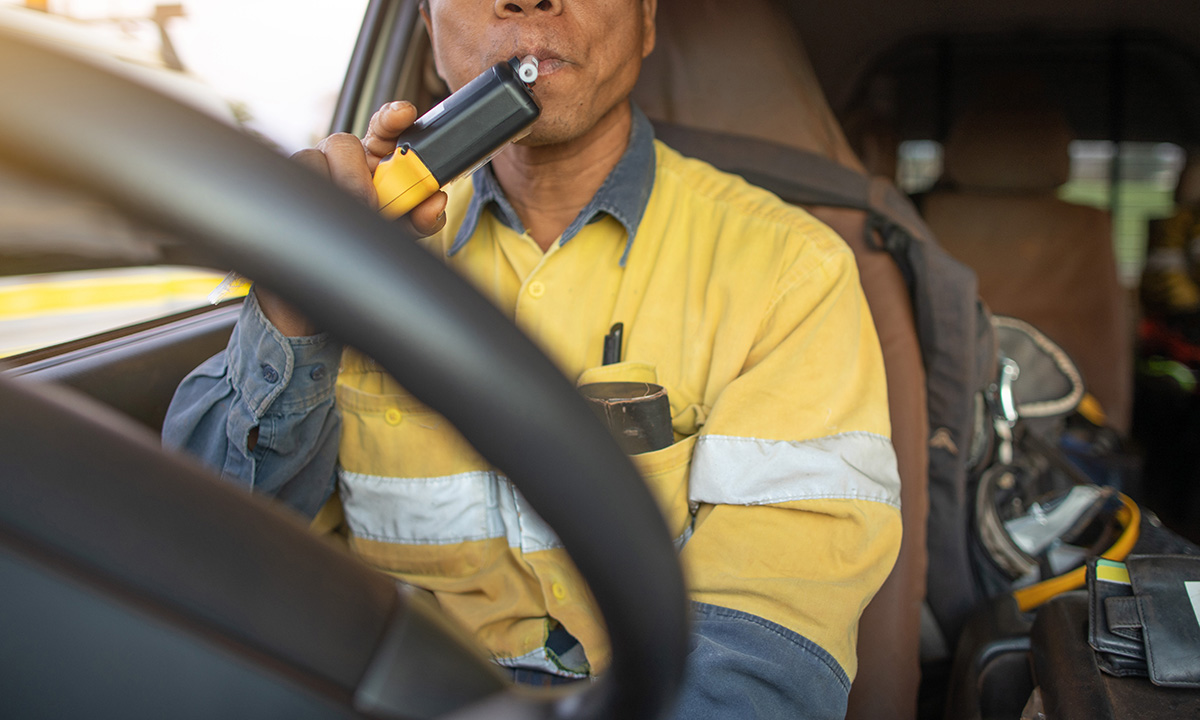
How it works:
The employee blows into an evidential breath testing (EBT) device, which measures the amount of alcohol in the breath to estimate blood alcohol content (BAC). These devices are DOT-approved and provide results instantly at the testing site.
Best for:
- DOT-regulated testing (required for safety-sensitive positions like drivers, pilots, and equipment operators)
- Post-accident situations where immediate results are necessary to determine if alcohol was a factor
- Reasonable suspicion scenarios when supervisors observe possible signs of impairment
- Random testing programs to proactively monitor employee fitness for duty
- Return-to-duty and follow-up testing after a violation or treatment
Advantages:
- Delivers immediate, reliable, and legally defensible results
- Non-invasive and easy to perform in any environment, including on-site and in remote areas
- Considered the gold standard for detecting current impairment, which is critical for maintaining a safe work environment
- Fully compliant with DOT regulations (49 CFR Part 40), making it the preferred choice for regulated industries
- Helps companies make rapid decisions about an employee’s ability to work safely
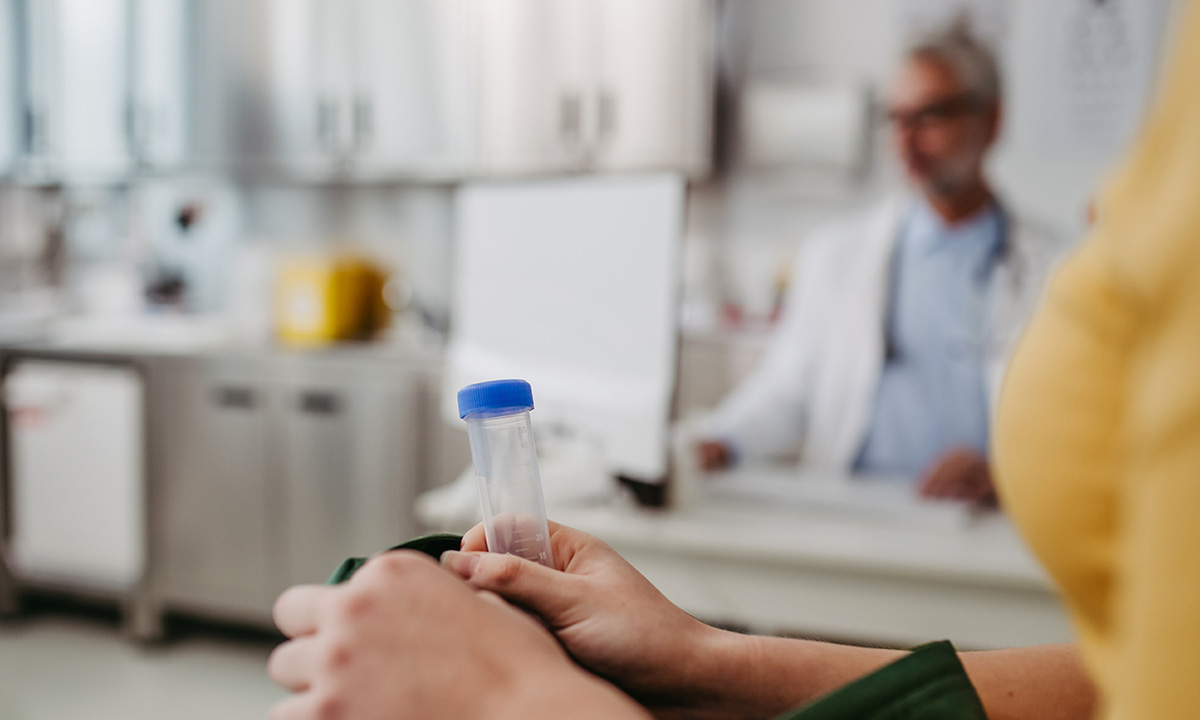
How it works:
Urine samples are analyzed to detect ethyl glucuronide (EtG), a direct metabolite of alcohol that can indicate consumption even after alcohol is no longer detectable by breath tests. EtG can be found in urine for up to 80 hours after drinking, depending on the amount consumed.
Best for:
- Non-DOT workplace policies that focus on broader alcohol use patterns rather than immediate impairment
- Monitoring abstinence in rehabilitation or return-to-work programs
- Enforcing strict zero-tolerance policies even when off-duty drinking may be relevant to job performance or safety
Advantages:
- Detects alcohol use over a longer window of time, making it valuable for policy enforcement beyond same-day consumption
- Helps employers maintain high standards of accountability and support for recovery programs
- Provides an additional layer of monitoring for safety-critical industries with stricter internal requirements
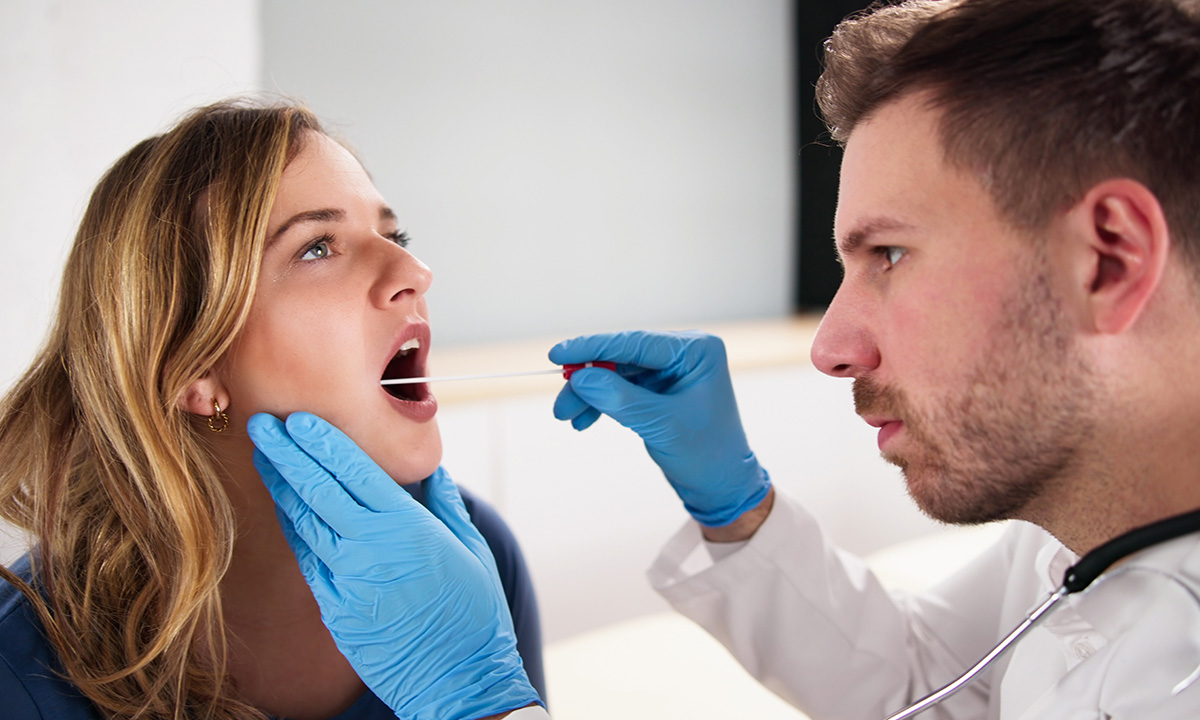
How it works:
A swab is placed inside the mouth to collect a saliva sample, which is then tested for the presence of alcohol. Saliva alcohol tests measure alcohol concentration in oral fluids and typically reflect very recent consumption (usually within the past few hours).
Best for:
- Non-DOT workplaces needing quick on-site screening without specialized equipment
- Companies looking for immediate insight into recent drinking during work hours
- Supplementing other testing methods in comprehensive safety programs
Advantages:
- Fast and simple sample collection with minimal preparation
- Non-invasive and does not require private facilities
- Immediate results help employers make quick safety and compliance decisions
- Practical option when breath testing equipment is not readily available
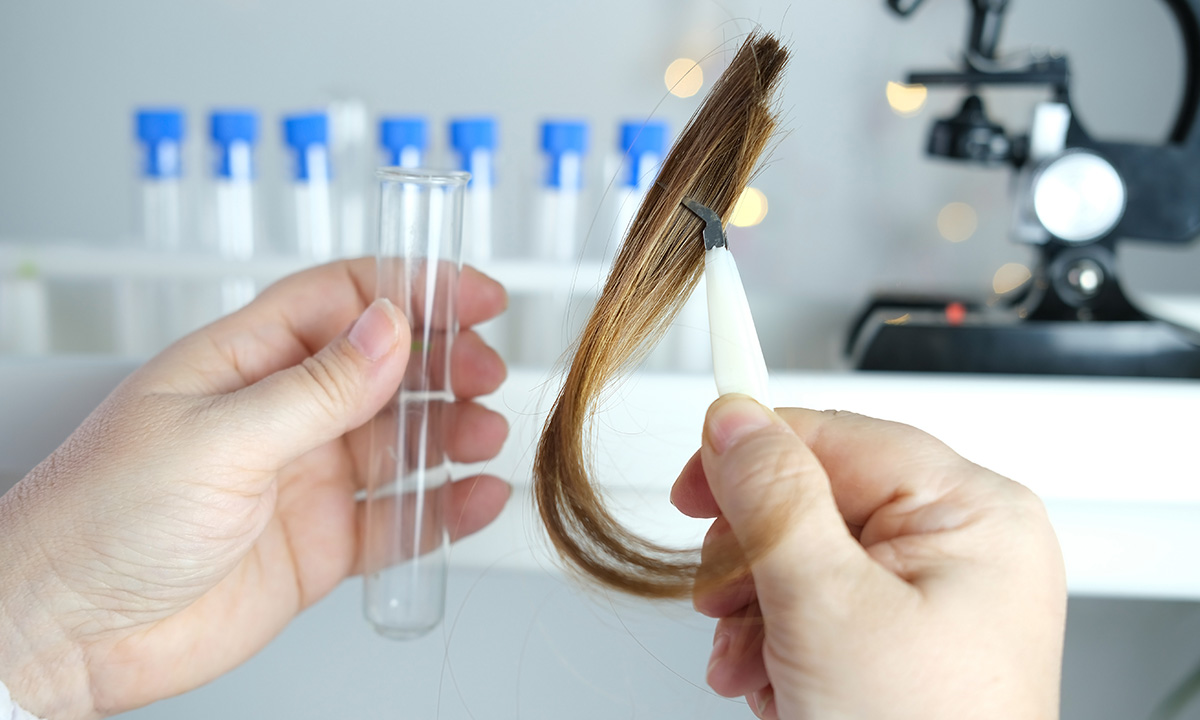
How it works:
A small hair sample is collected, typically from the crown of the head, and analyzed for markers of alcohol consumption. Hair tests can show patterns of heavy or chronic drinking over approximately 90 days.
Best for:
- Pre-employment screening for roles requiring a long-term history of sobriety or compliance
- High-security or high-trust positions where long-term substance use could impact performance or integrity
- Monitoring in recovery or abstinence verification programs
Advantages:
- Provides a comprehensive view of an individual’s long-term drinking habits
- Difficult to tamper with or adulterate compared to other testing methods
- Helps organizations make informed hiring and retention decisions, especially for sensitive roles
Choosing the Right Alcohol Test for the Right Purpose
We provide comprehensive workplace alcohol testing solutions to organizations of all sizes, across every industry. Whether you’re federally regulated under DOT or following your own internal safety policies, we help you create safer, more compliant environments nationwide.
Industries we proudly serve include:
- Transportation & Logistics: Keep drivers and safety-sensitive staff compliant and fit for duty.
- Construction & Heavy Equipment: Reduce job site risks and promote a strong safety culture.
- Oil & Gas/Energy: Maintain critical safety standards in high-risk environments.
- Manufacturing & Industrial: Support productivity and reduce liability across your operations.
- Healthcare & Medical Facilities: Protect patients and uphold the highest standards of care.
And many more!
We tailor each program to your unique needs and regulatory requirements, so you can build a safer, fully compliant workplace with confidence. Ready to get started? Contact one of our specialists today to design the right testing program for your team.
Alcohol Testing - Common Questions
We understand that alcohol testing can raise important questions, from compliance and policies to procedures and results. Our goal is to make the process clear and keep your workplace safe, compliant, and productive.
Below, you’ll find answers to some of the most common questions about DOT and non-DOT alcohol testing, post-accident protocols, and how to build an effective testing program. If you have additional questions, our team is always here to help.
A breathalyzer checks your blood alcohol concentration (BAC) by analyzing the air you exhale. After drinking, alcohol enters your bloodstream, is carried to your lungs, and is then released in your breath. The device detects ethanol using advanced sensors, usually fuel cell technology for high accuracy, or infrared light in professional units. When you blow into the mouthpiece, the sensor measures the alcohol level in your deep breath (not just residual mouth alcohol), giving results in seconds. Breathalyzers are relied upon for DOT (Department of Transportation) tests, roadside checks, and workplace screenings.
Key points:
- Measures BAC through exhaled air.
- Uses fuel cell or infrared sensors.
- Provides nearly instant, legally recognized results.
- Common in law enforcement, DOT, and workplaces.
DOT alcohol testing uses strict cutoff levels to ensure safety in sensitive industries:
- 0.02% BAC or higher: You must be removed from any safety-sensitive duties for at least 24 hours.
- 0.04% BAC or higher: You’re required to undergo an evaluation by a Substance Abuse Professional (SAP), complete any recommended treatment, pass a return-to-duty test, and undergo follow-up testing.
All DOT alcohol screening must follow federal guidelines using certified breathalyzers, and positive screening tests are always confirmed with an evidential breath testing device. Careful documentation is required for compliance.
EtG (ethyl glucuronide) is a direct marker of alcohol use, found in urine after drinking:
- Light drinking: Detectable for about 24-48 hours.
- Heavy drinking: Can be present up to 3-4 days (72-96 hours).
- Detection varies based on the amount consumed, your metabolism, hydration, and the specific test cutoff level (100, 200, or 500 ng/mL).
EtG urine tests are widely used for probation, courts, and workplace monitoring since they can spot recent alcohol use even after the body has processed most of the alcohol.
A positive result on a DOT alcohol test has significant consequences:
- Immediate removal from all safety-sensitive functions.
- Evaluation by a SAP (Substance Abuse Professional) who determines the necessary education or treatment.
- Return-to-duty process: You can’t go back to your job until you complete the SAP’s recommendations and pass a return-to-duty alcohol test.
- Follow-up testing: After returning to work, you’ll undergo random follow-up alcohol tests for at least 12 months (often longer).
Employers are also required to keep detailed records and may face penalties if DOT protocols aren’t followed.
The main differences between DOT and non-DOT alcohol testing are:
- DOT testing is mandatory for employees in safety-sensitive roles and follows strict federal rules, including accredited labs, specific devices, and chain-of-custody procedures.
- Non-DOT testing is voluntary (except where state law requires it) and gives employers flexibility to set their own policies, testing panels, and methods, including hair and saliva tests.
- DOT: Only alcohol and a standard five-panel of drugs are screened with set cutoff levels.
- Non-DOT: Can include a wider range of substances and alternate sample types.
- Records: DOT test results must be reported and kept according to federal guidelines, while non-DOT requirements vary.
Professional breathalyzer tests, especially those with fuel cell sensors, are considered highly accurate when maintained and calibrated regularly. DOT-certified breathalyzers undergo rigorous performance testing. Accuracy can be reduced by:
- Device not calibrated
- User recently drinking, eating, smoking, or using mouthwash
- Some medications or health conditions (like GERD or diabetes)
- For the most dependable results, testing procedures involve a waiting period and observation to minimize mouth alcohol effects.
Several factors can lead to inaccurate or unexpected breathalyzer readings:
- Mouth alcohol: Using mouthwash, breath spray, or recent drinking can cause higher readings.
- Smoking: Can affect measurement.
- Health conditions: Acid reflux, low-carb diets, and diabetes may skew results.
- Medications: Some cold or asthma medications might lead to false positives.
- Improper procedure: Not observing the required 15-minute wait period before the test.
Following correct testing protocols helps reduce errors and ensures trustworthy results.
EtG urine tests are highly sensitive, detecting alcohol up to 80 hours after consumption, especially useful for monitoring abstinence in legal, workplace, and treatment settings.
- At 100–200 ng/mL cutoff: Most minor drinking is detected within 1-3 days.
- At 500 ng/mL cutoff: More likely to capture moderate to heavy consumption.
- False positives are rare but can happen with exposure to alcohol-based products; choosing higher cutoffs helps limit these cases.
- Accuracy depends on: Consumption level, time since drinking, individual metabolism, and lab quality.
A hair follicle alcohol test measures long-term alcohol use by analyzing markers like ethyl glucuronide (EtG) or fatty acid ethyl esters (FAEE) embedded in hair. This method can detect alcohol consumption patterns for up to 90 days, making it ideal for court, probation, and workplace compliance checks. Hair treatments, such as bleaching or dyeing, can affect results, so laboratories may ask about recent hair care activities.
Saliva alcohol tests detect the presence of ethanol in oral fluid and are popular for their ease and speed. These tests can identify alcohol use within the last 24–48 hours. They’re non-invasive, quick, and difficult to tamper with, making them useful in workplaces and on-site screening. Recent eating, drinking, or oral care products can impact results, so a brief waiting period is recommended before testing.
Need Alcohol Testing Now? We’re Here 24/7
When safety and compliance can’t wait, you need a partner you can rely on, anytime, anywhere. DATCS offers true 24/7 nationwide alcohol testing services, including evenings, weekends, and holidays.
Our certified technicians and mobile units are always on standby, ready to respond quickly to post-accident situations, reasonable suspicion incidents, or urgent compliance needs. We help you minimize downtime, protect your workforce, and meet strict regulatory deadlines without the stress.
Whether you operate a large fleet, a construction site, or multiple office locations, our team is equipped to support you on-site, wherever and whenever you need us.
Need to Find a Location Near You?
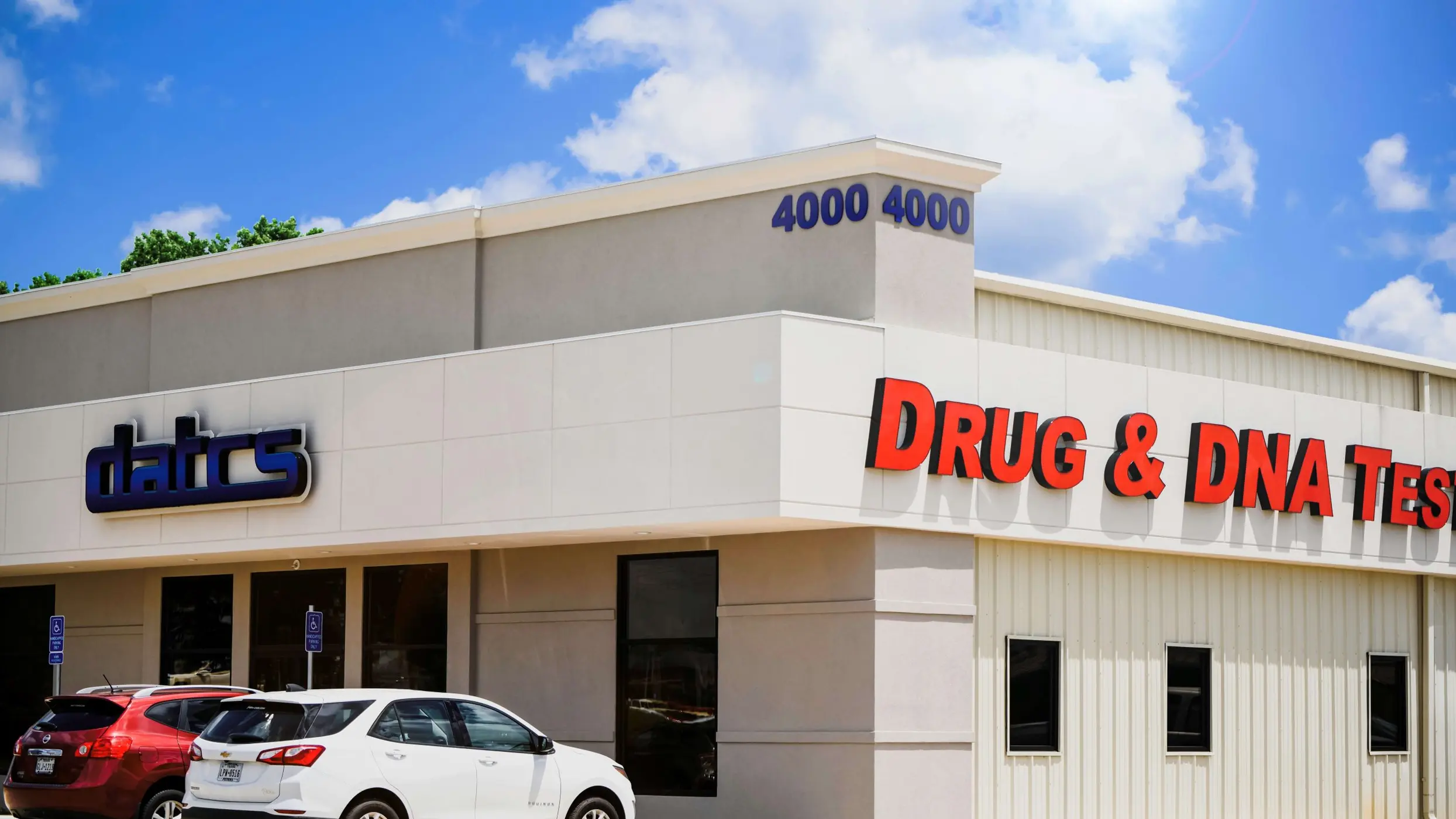
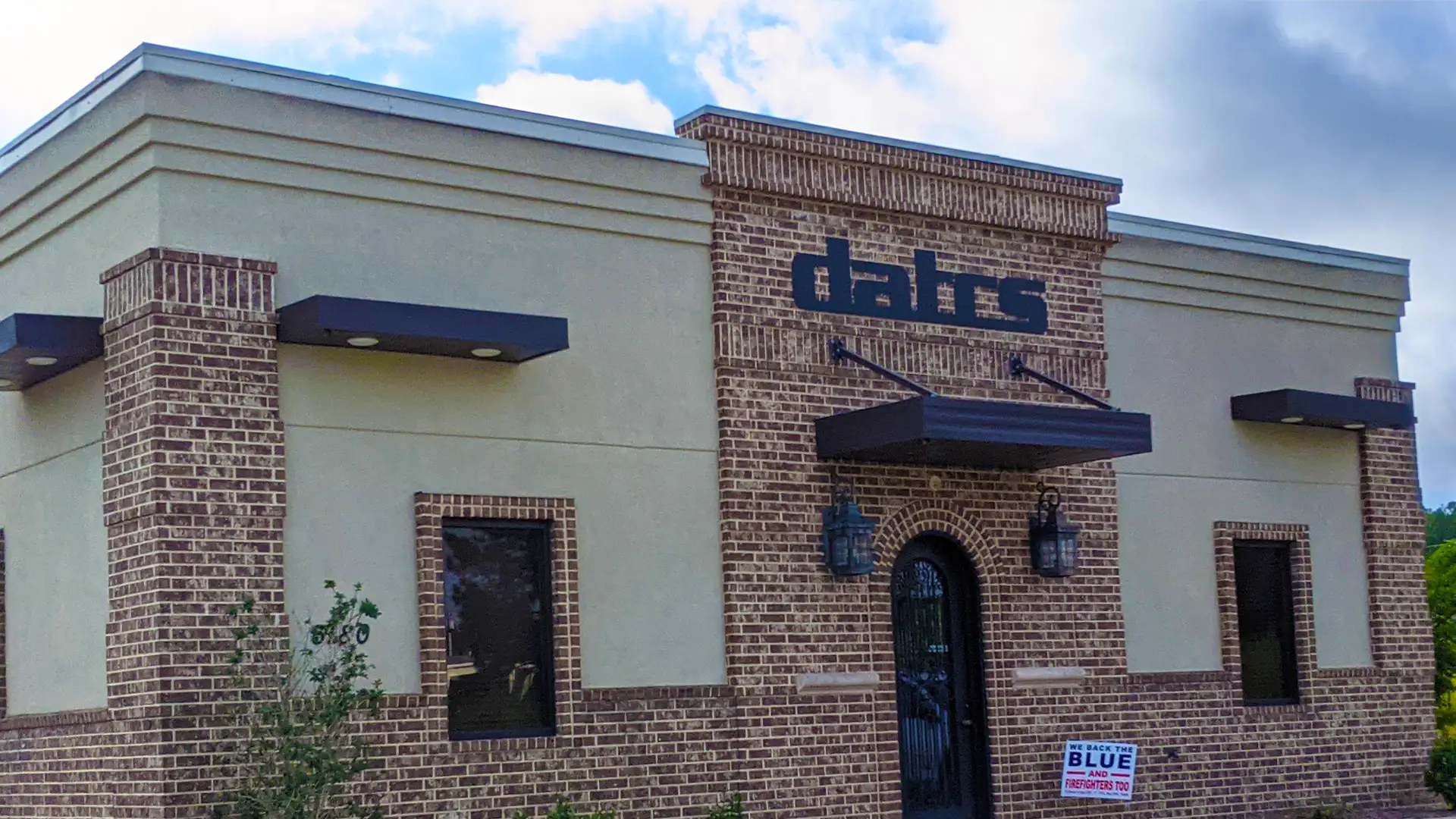
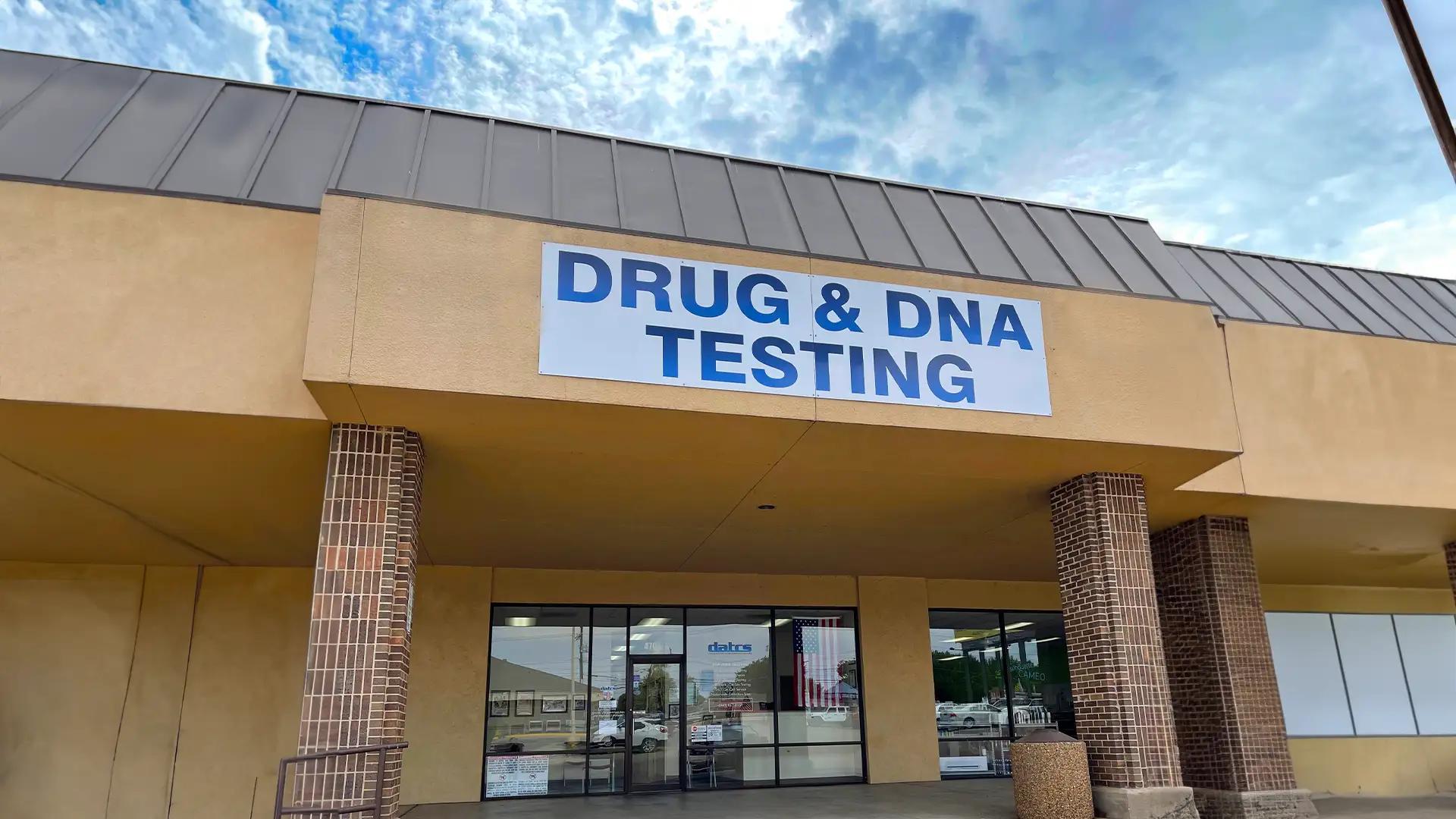
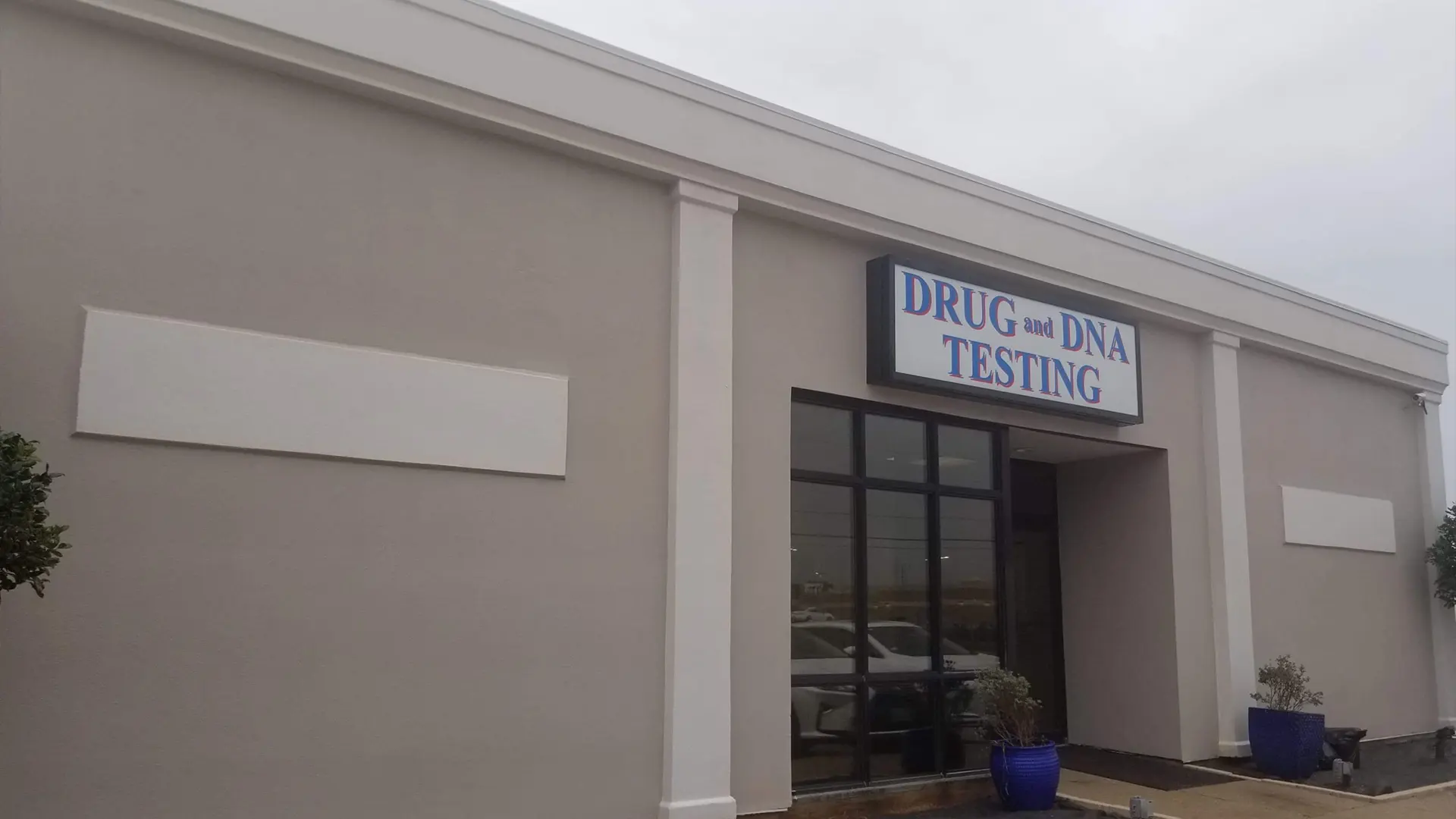
Learn More About Alcohol Testing
The Consequences of Refusing a Test
Many employees do not realize the ramifications of refusing a DOT drug and/or alcohol test. The Office of Drug and Alcohol Policy and Compliance (ODAPC) website offers a poster that helps employees understand what could happen to them should they decide to not...
Thinking Green on the Job? Think Again.
The Department of Transportation’s Drug and Alcohol Testing Regulation – 49 CFR Part 40, at 40.151(e) – does not authorize the use of Schedule I drugs, including marijuana, for any reason. State initiatives have no bearing on the Department of Transportation’s...
Employers: Reduce you insurance costs!
When employers hire workers that are smokers, the insurance costs are higher. At DATCS, we can test your prospective employees for NICOTINE. A simple urine drug screen can tell you if you are hiring someone who uses tobacco in any form. If you have a policy to hire...
Call 903-247-9546 for Emergency Assistance 24/7
Need mobile or on-site drug and alcohol testing? DATCS dispatches certified collectors anytime, anywhere—day or night. Whether it’s a DOT post-accident test or urgent workplace screening, we’re ready when you need us.
